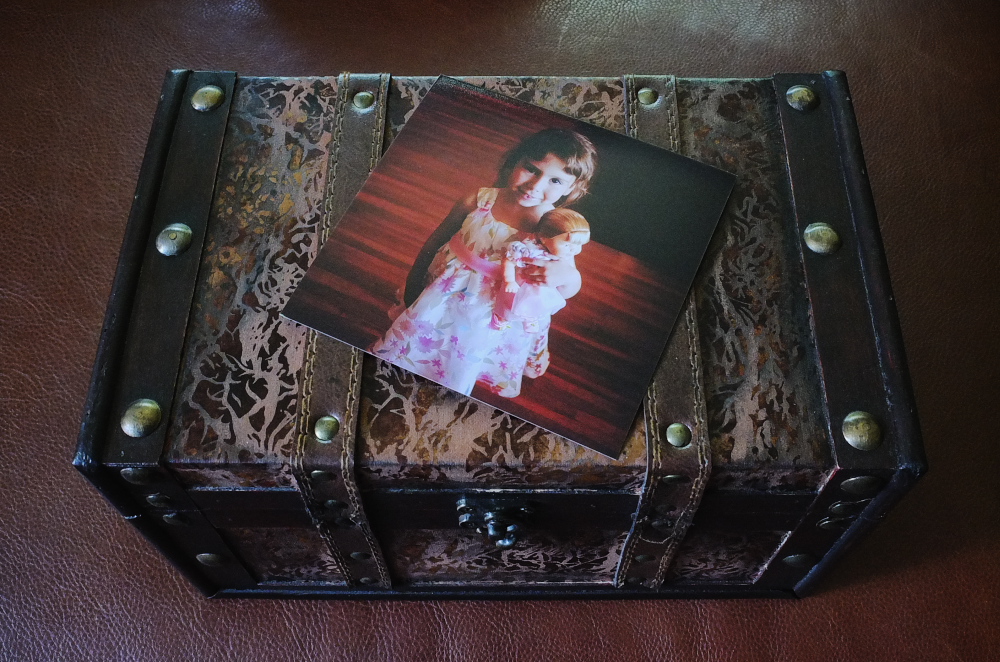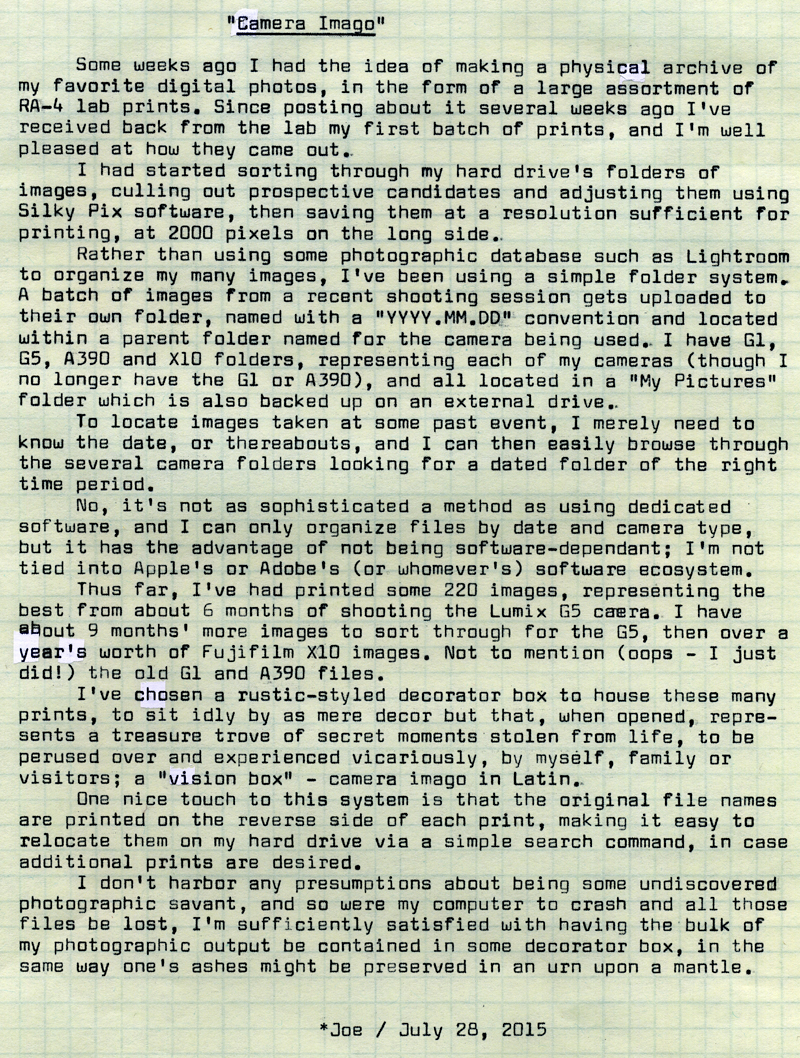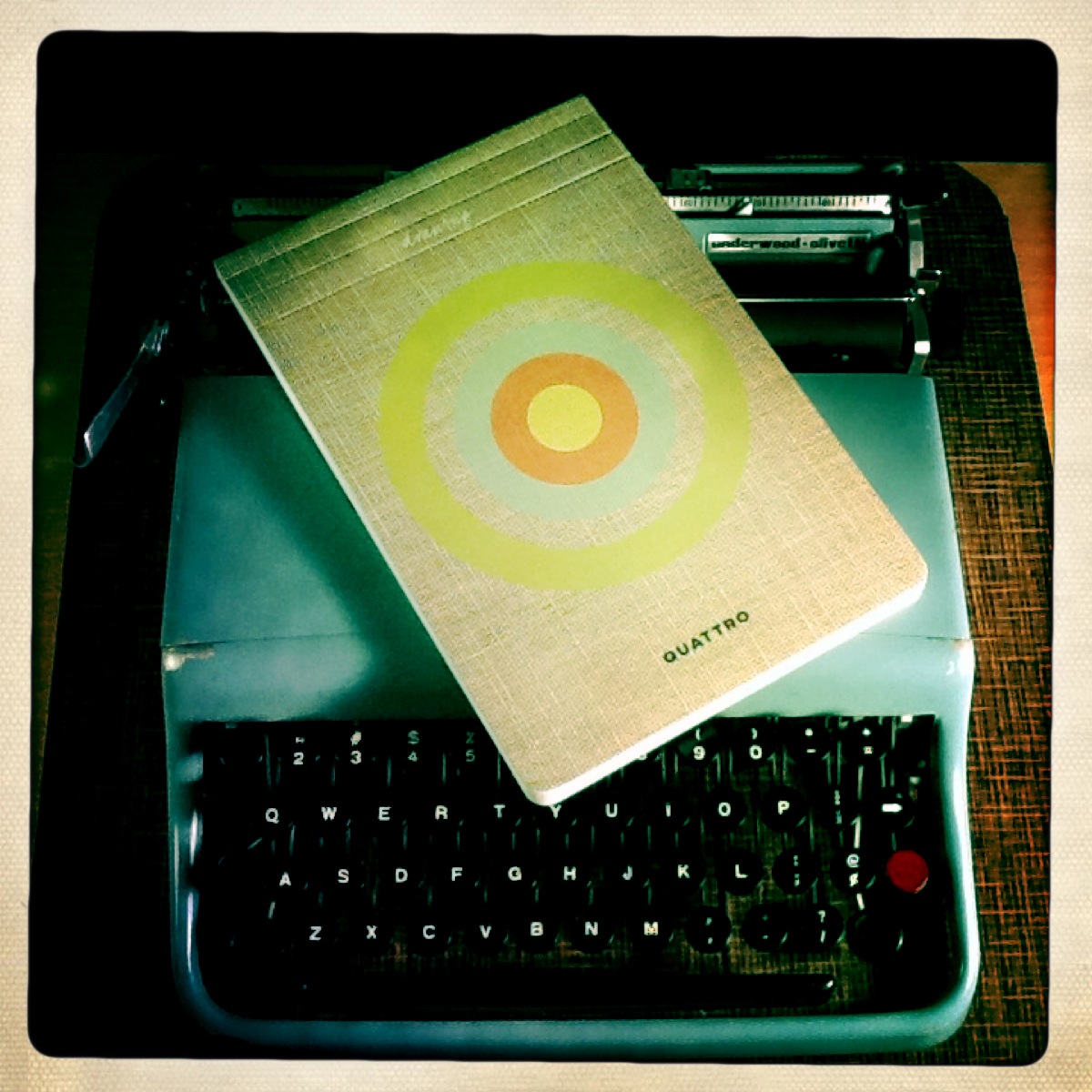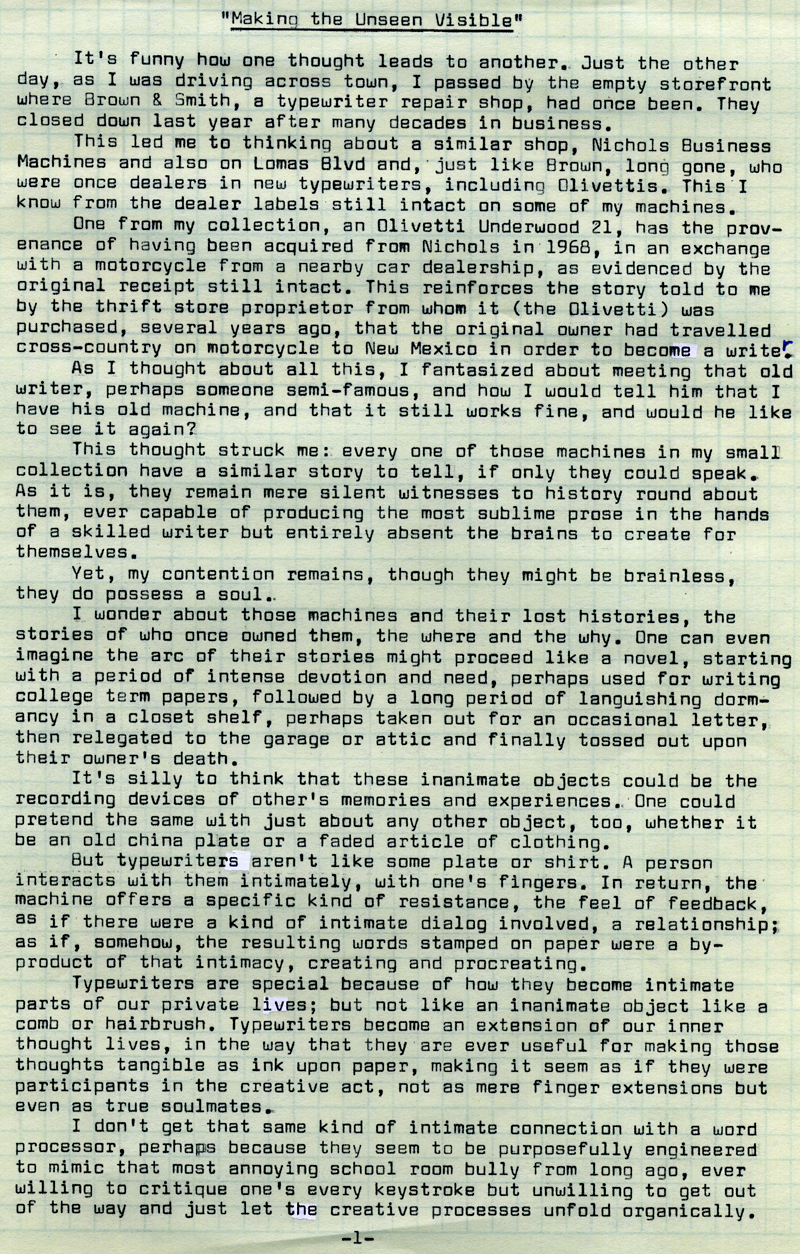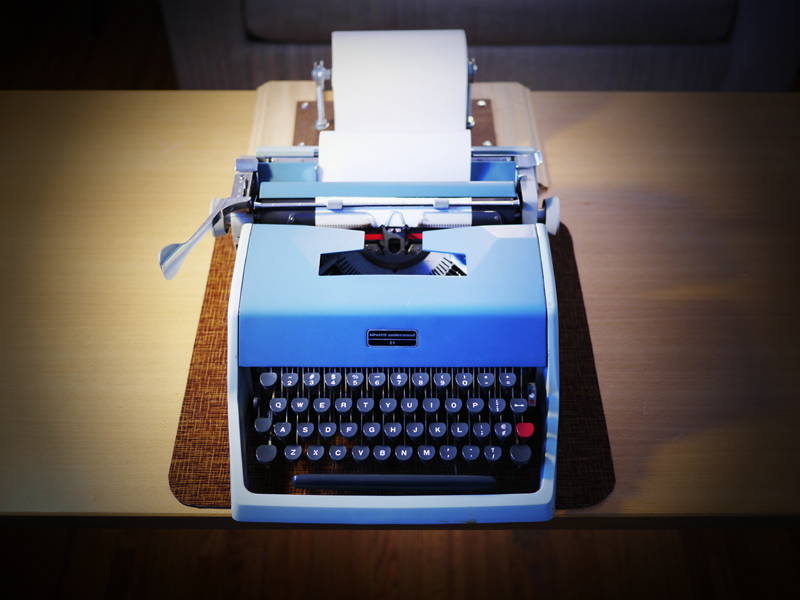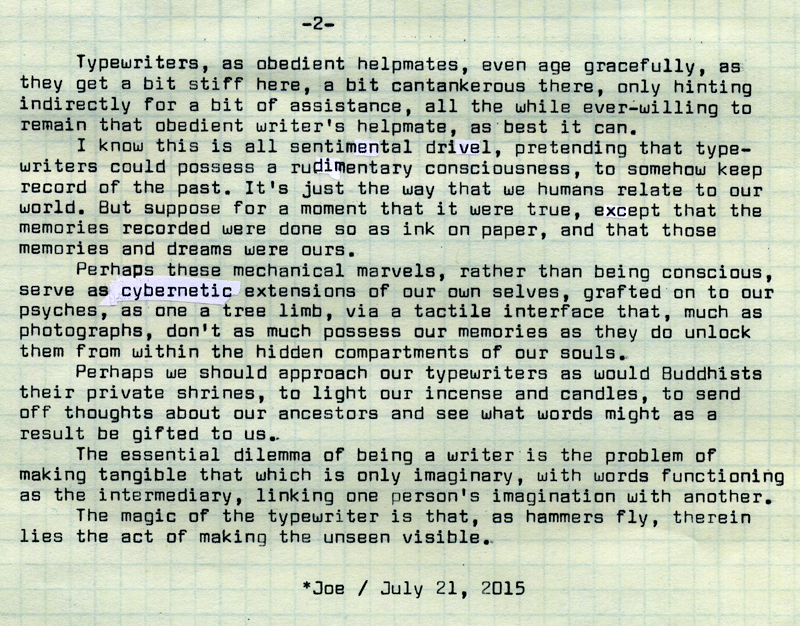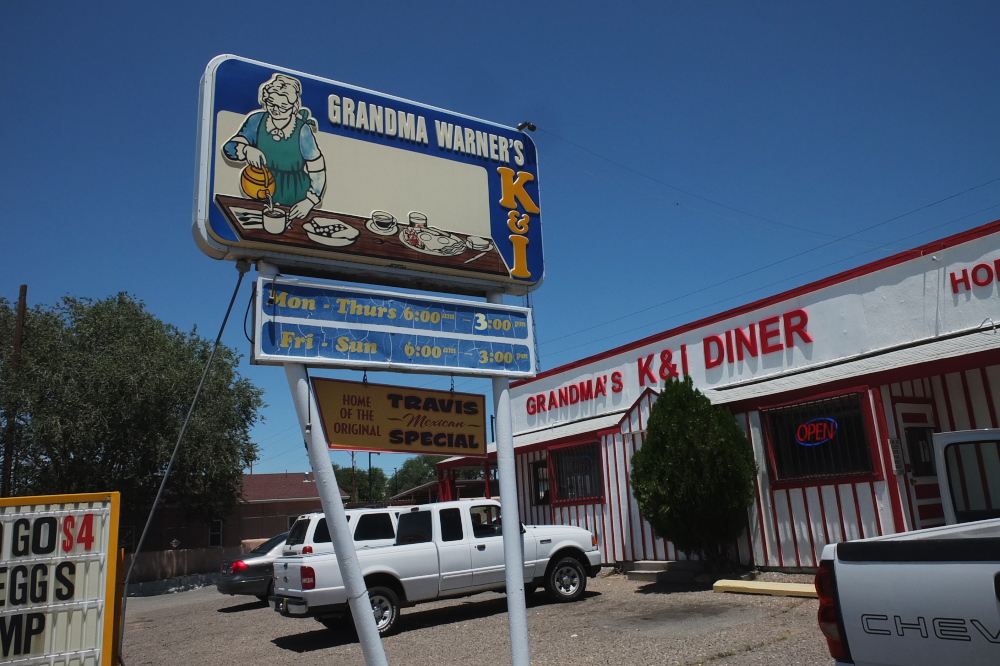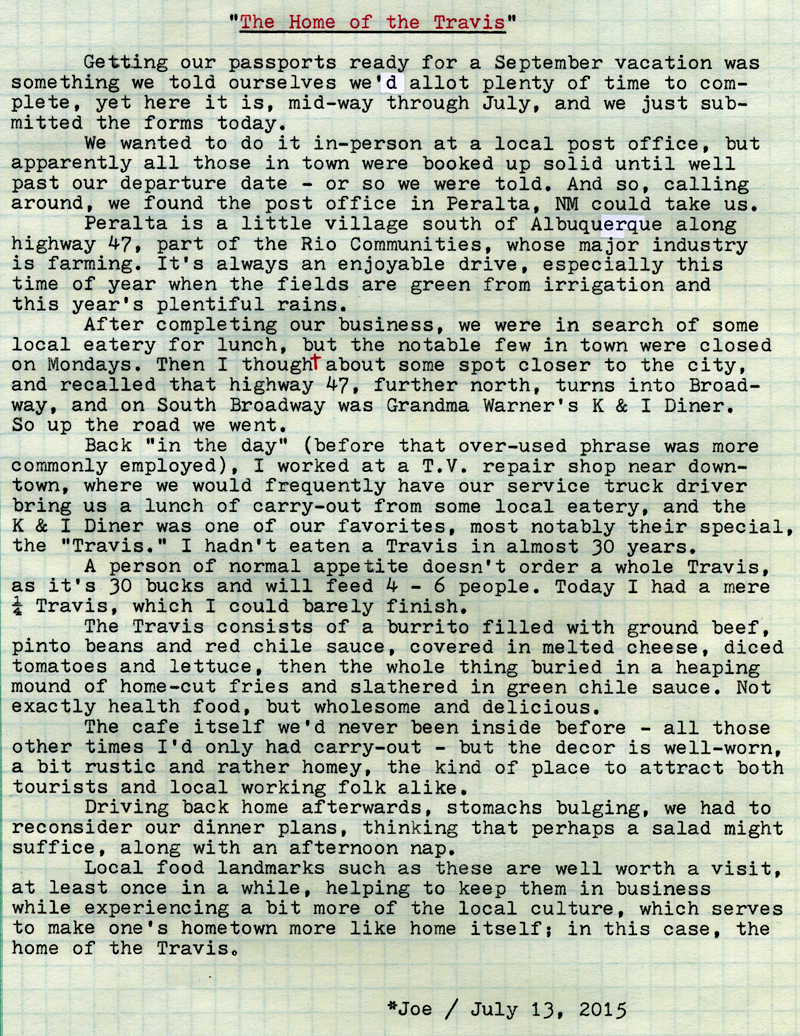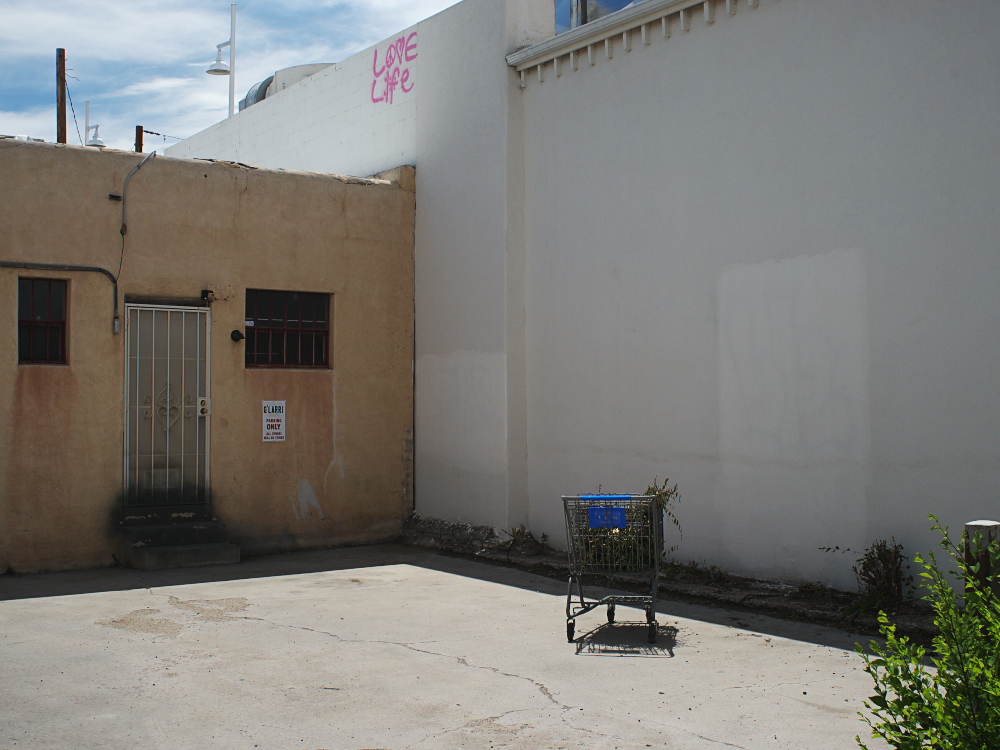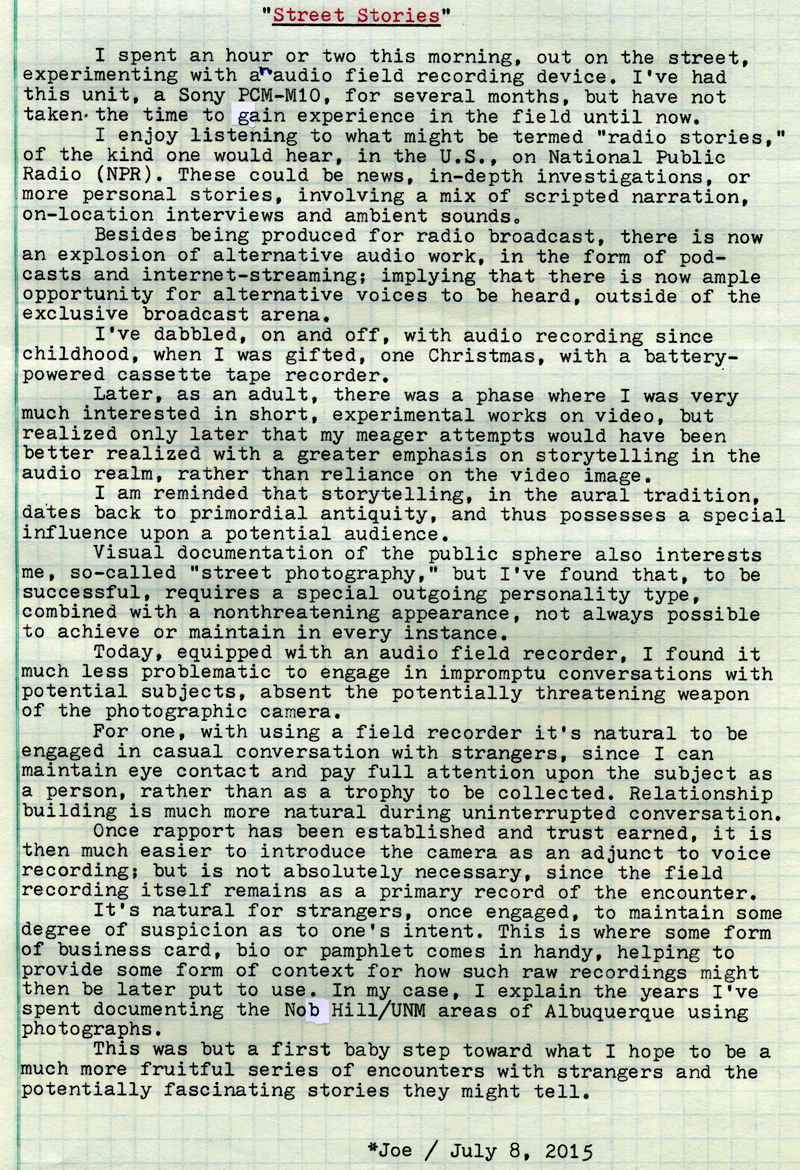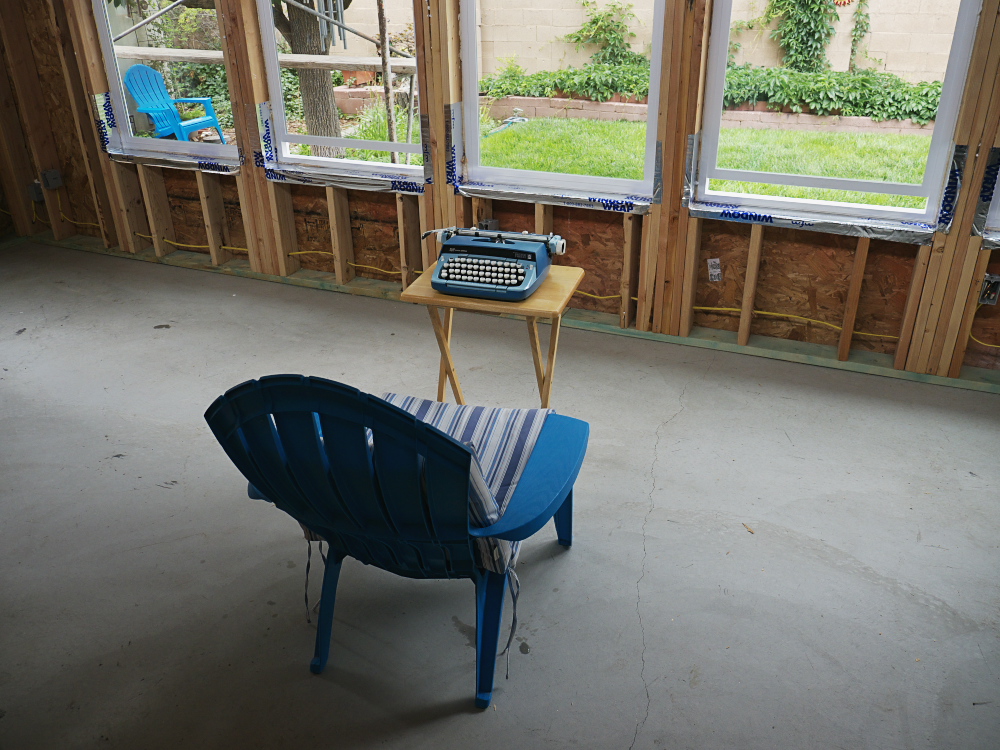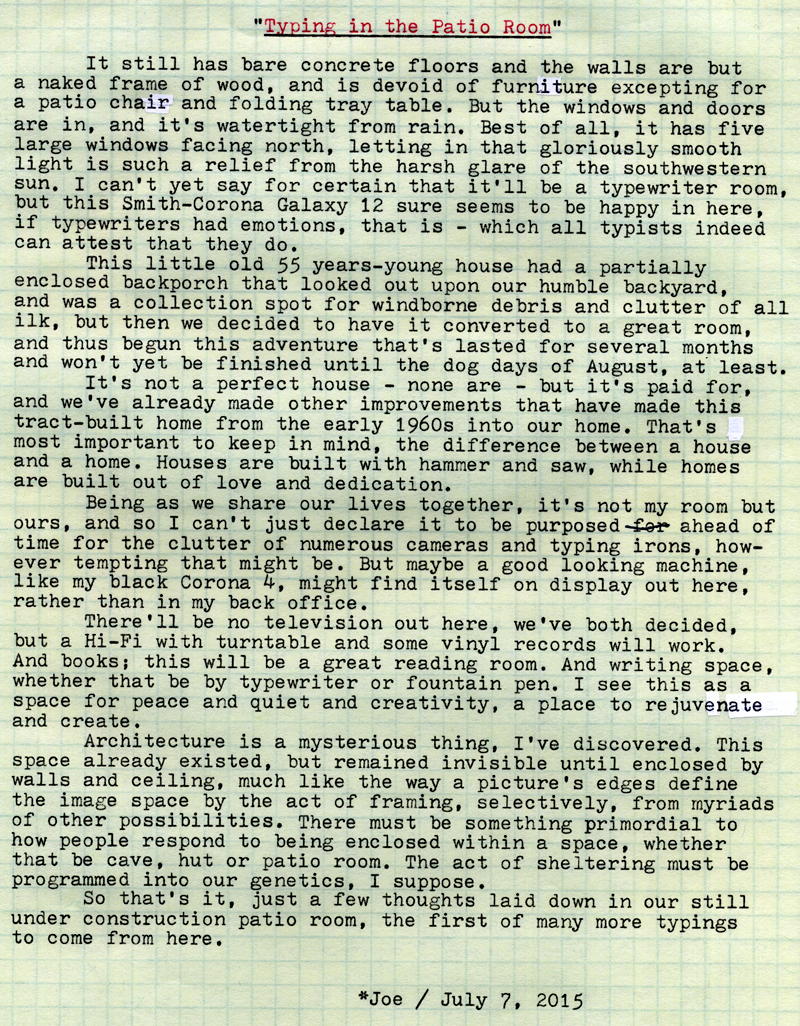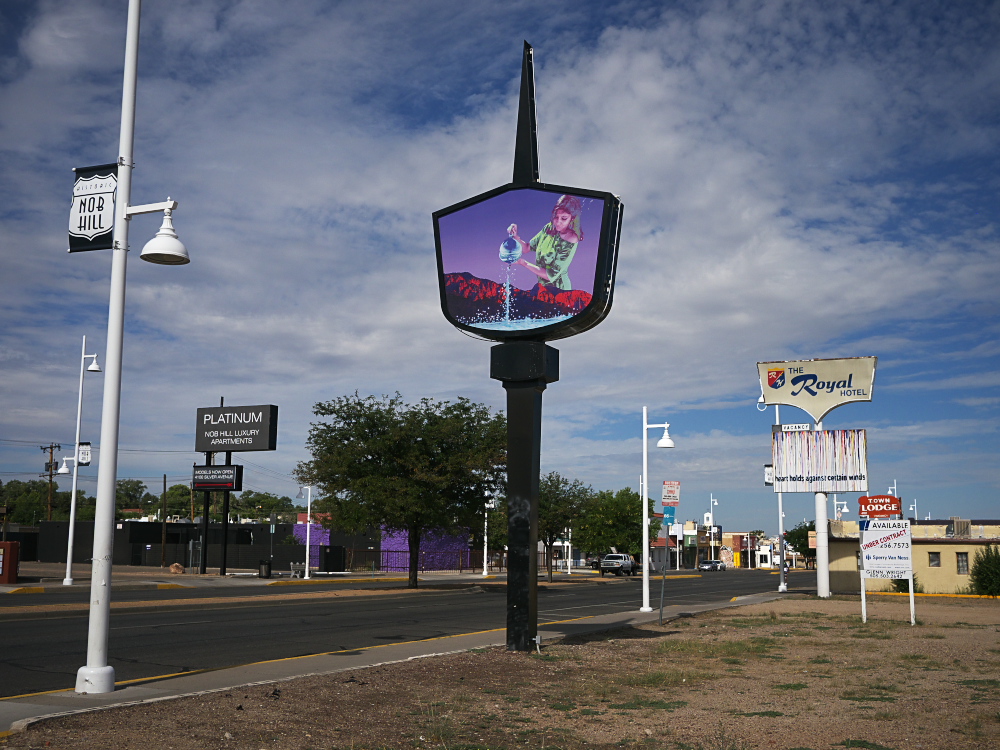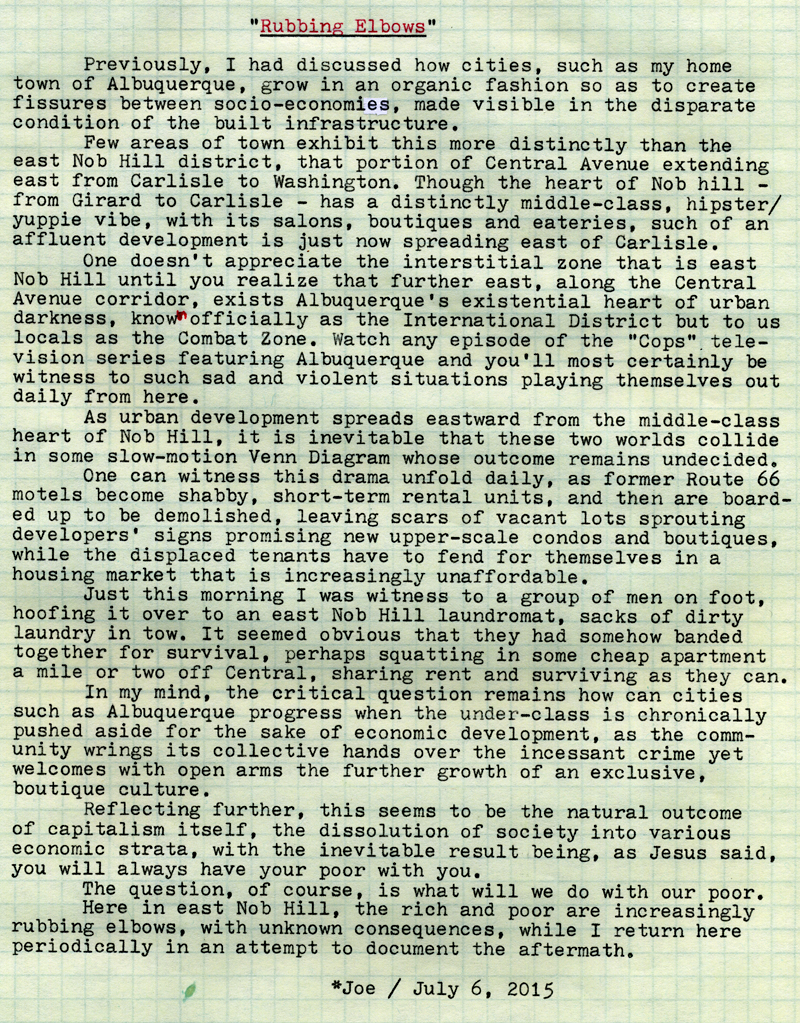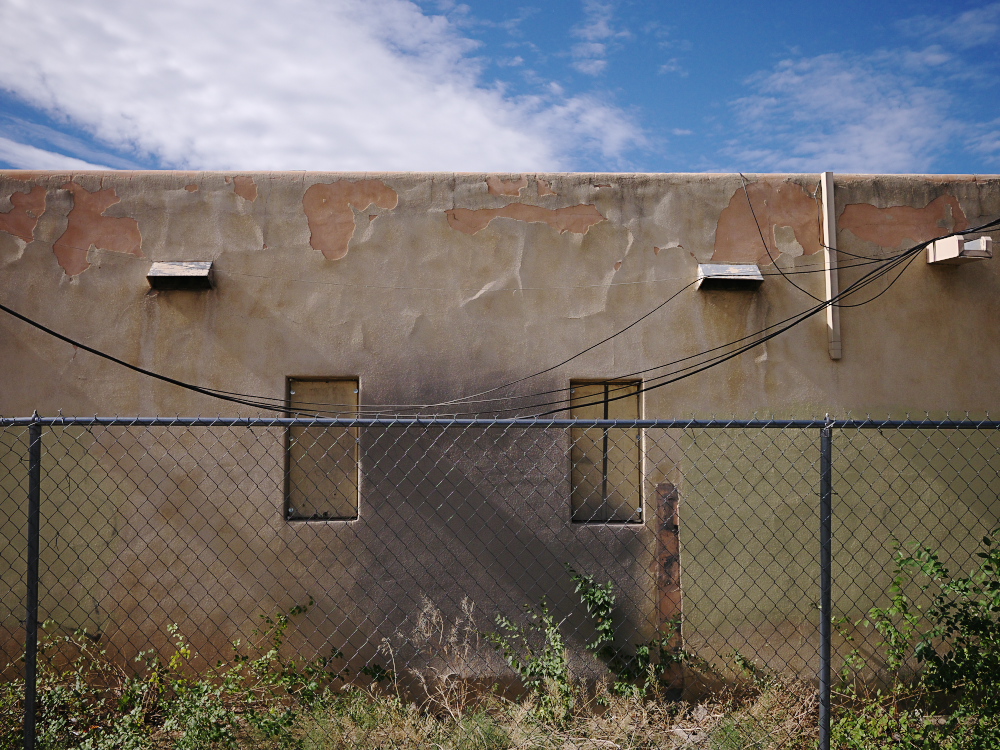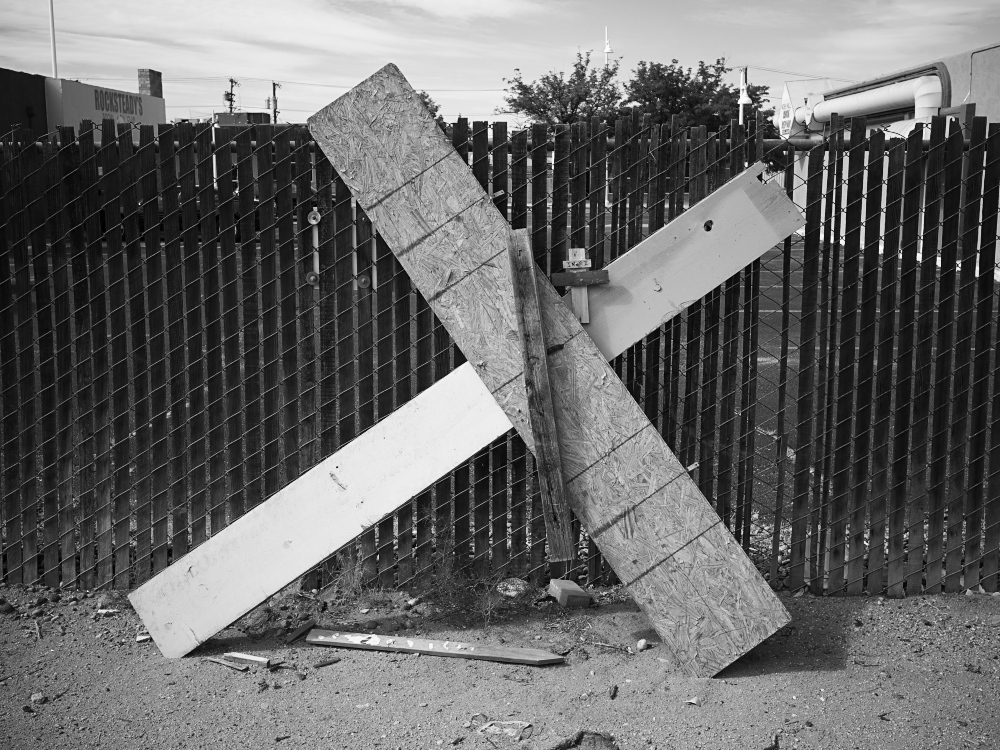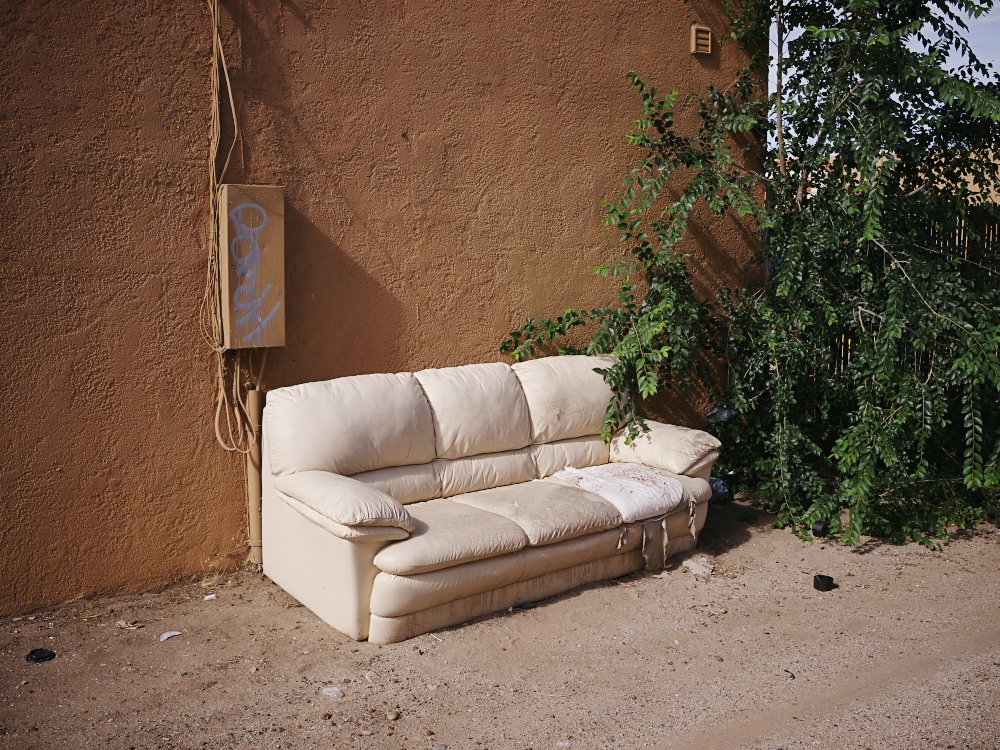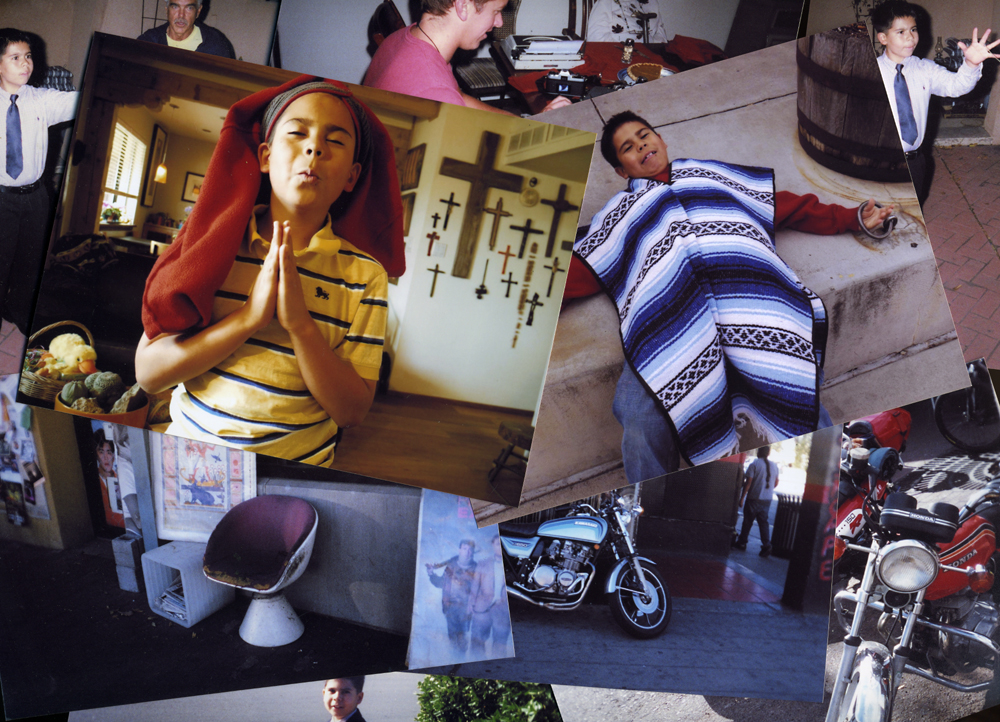
 Post-Script:
Post-Script: I'm certain that, for those whose concern is only the photographic image itself and not the means to its creation, this dilemma of wanting to use old film cameras but being stymied by inadequate processing seems illogical. Certainly a person can get good photos from one's phone, so what's the big deal?
It has to do with the haptics - the ergonomics and handling - of mechanical film cameras, that until recently have not been matched by modern digital push-button interfaces. There's also the matter of cost; many of these classic cameras and their wonderful lenses are to be found pennies on the dollar.
I think this proposed solution to the archiving and storage problem of digital photography, by having mini-lab snapshot prints made, is a reasonable one. Certainly in our house I frequently hear laments of how all those wonderful images are locked away inside the computer, for no one to enjoy.
Though there remains the fact of social media, such as Instagram and Flickr, sometimes it is desired that one's personal family images not be shared with the entire world. This is another way in which physically printed digital images can remain useful, in that they function as a de facto form of digital security, remaining in the physical domain as prints to be only seen in person.
As an example of how important it is to have a quality lab for one's film processing, some of the prints in the above scanner collage were made from half-frame color film negatives, and they are as sharp as digital prints of the same size. The lab I used was Tom's, who are no longer in business but did an outstanding job of film scanning and printing, and whose loss I lament to this day.
Typecast via
Olympia SM9.
